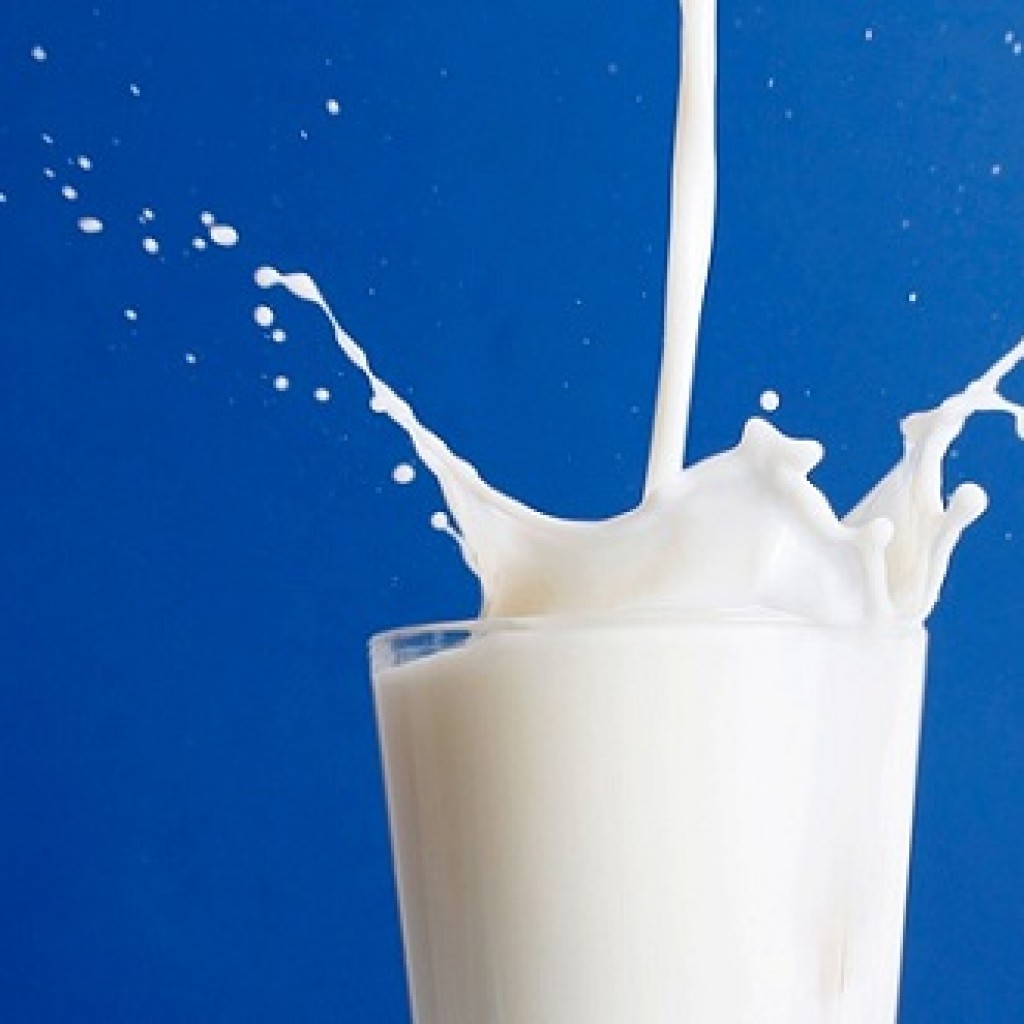Amul Increases Milk Prices by Rs 2 Per Liter Citing Rising Production Costs

Pune, 3rd June 2024: The Gujarat Co-operative Milk Marketing Federation (GCMMF) has announced an increase in the prices of Amul milk by Rs 2 per litre, effective from Monday morning. The price hike affects Amul Gold, Amul Shakti, and Amul Fresh, leading to a 3-4% rise in the Maximum Retail Price (MRP).
The Federation cited rising operational and production costs as the primary reason for the price adjustment. According to the GCMMF, member unions have increased the price paid to farmers for milk by 6-8% over the past year to compensate for the increased input costs. Amul allocates approximately 80 paise of every rupee paid by consumers directly to milk producers.
This price increase is the first in 15 months, following a Rs 3 per litre hike in February 2023. At that time, Amul attributed the rise to a significant 20% increase in the cost of animal feed compared to the previous year.
Amul operates through a well-structured three-tier cooperative model comprising Dairy Co-operative Societies, District Milk Unions, and the State Milk Federation. This model ensures that profits reach the grassroots level, benefiting milk producers directly.
1. Dairy Co-operative Society: All village milk producers are members of the local Dairy Co-operative Society. These members elect representatives who manage the District Milk Union.
2. District Milk Union: The union processes milk and milk products, which are then distributed by the Gujarat Co-operative Milk Marketing Federation Limited.
3. State Milk Federation: Professionals manage the supply chain, ensuring efficient collection, processing, and distribution of milk products.
This model has become a case study in business schools, highlighting how cooperative structures can effectively distribute profits and support local economies.
In Gujarat, over 36 lakh farmers across 18,600 milk cooperative societies and 18 district unions contribute to milk production. The process begins as early as 5 a.m. when farmers milk their cattle and bring the milk to collection centers. By 7 a.m., there is typically a long queue at these centers where the quantity and fat content of the milk are measured using automated systems.
The milk data is recorded in computers, and farmers’ incomes depend on the quantity and quality of their milk. Payments are made monthly, with an app providing farmers with information on milk quantity, fat content, and payment details, which are transferred directly to their bank accounts.
Amul’s pyramid model places milk producers at the bottom, with 86 paise of every rupee spent going to its members, while the remaining 14 paise is used to run the cooperative business. This ensures substantial returns due to the high volume of milk handled.
The District Milk Union’s chairman holds monthly meetings to discuss business operations, expansion plans, new machinery purchases, and member bonuses. The cooperative also focuses on improving cattle productivity by providing free training to members and operating cattle feed plants with machinery imported from Denmark.
To support farmers, the cooperative offers subsidies for new equipment purchases, such as automatic milking machines, which are available at half the cost due to these subsidies. Additionally, there is a super specialty hospital facility for farmers.






